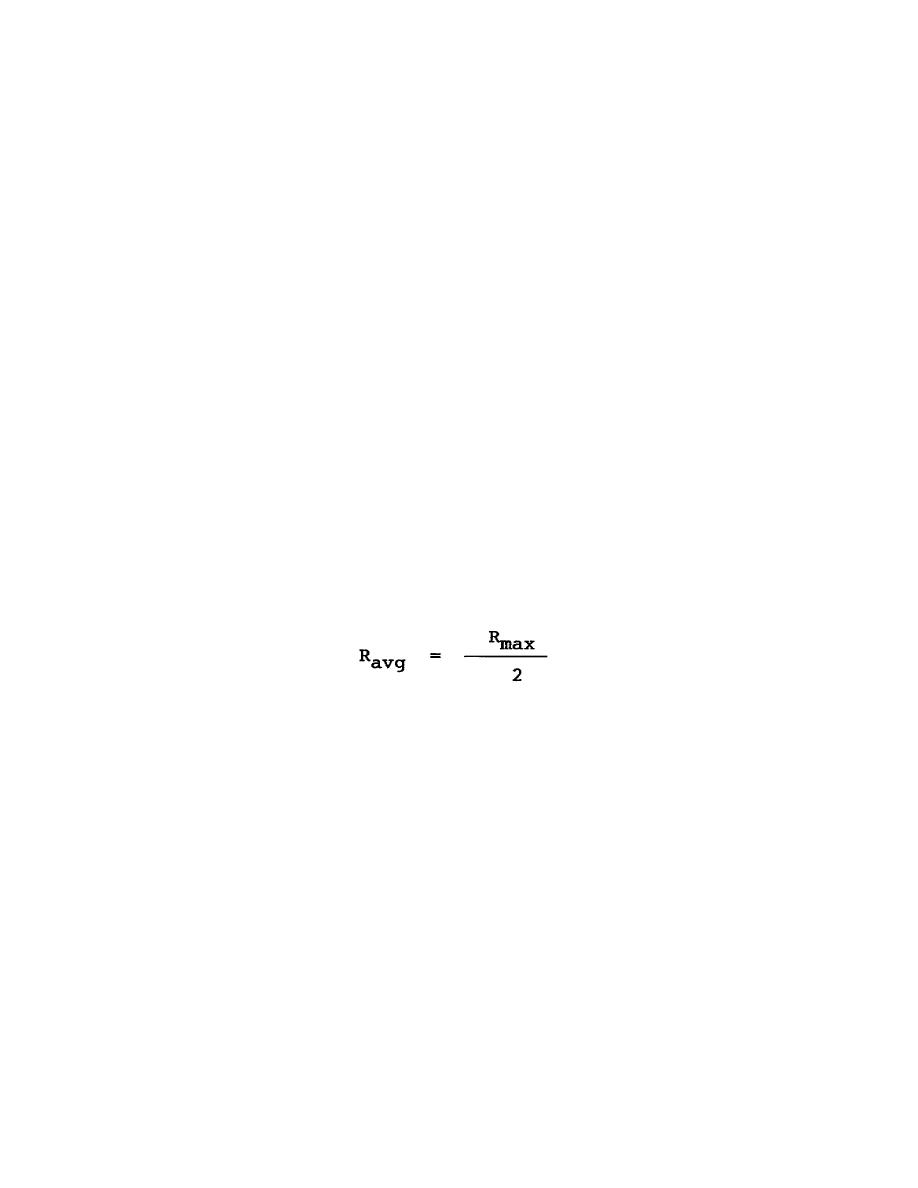
3.
Crossing a Fallout Area.
It may be necessary to cross an area in which there is residual radiation. This occasion might arise in
exploitation of our own surface bursts or in retrograde or offensive operations coupled with enemy-
delivered surface burst. The problem of crossing a contaminated area, from a command point of view, is
essentially "If I cross the area, what is the risk involved?" In general the primary objective is to
accomplish the desired mission while keeping the total dose as low as possible consistent with the
mission. Exposure may be minimized by keeping the stay time as short as possible, by delaying the
entry time as long as possible, by providing shielding, and by avoiding the area. The selection of one, or
any combination of, these actions are dependent upon the operational situation and knowledge of the
location and extent of dose rate contours within the fallout area. A consideration of the radiation
exposure involved will influence route selection. The shortest route, or the route that can be traversed
most quickly, provides the minimum stay time. If possible, routes through areas of lowest dose rates
should be selected. The use of tanks, armored vehicles, or sandbags on the floors and sides of cargo
trucks will provide shielding and reduce the total dose received by personnel.
In analyzing the problem of crossing a contaminated area by route from point A to point E, as shown in
Figure 2-2, it is evident that the dose rate will increase as the center of the area is approached, then will
decrease beyond the center of the area as the far side is approached.
When individuals or units are required to cross a contaminated area, it is necessary to determine an
average dose rate to be used in predictions, of total dose. The average dose rate represents a mean value
to which the individual is exposed during the time of stay. A reasonable approximation of the average
dose rate (Ravg ) in crossing a fallout area can be obtained by dividing he maximum dose rate (Rmax)
encountered, or expected to be encountered, by two. Symbolically, this is written as
In Figure 2-2, the maximum H + 1 dose rate would be 200 cGyph, therefore, Ravg would be 100 cGyph.
The procedures for computing radiological data for crossing a fallout area are identical to those for
occupying a fallout area, except that the dose rate average is used in place of the dose rate.
2-5
CM2308


 Previous Page
Previous Page
